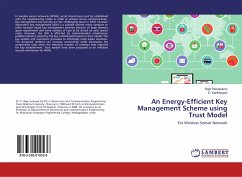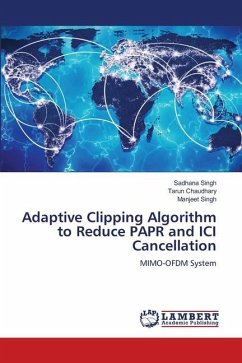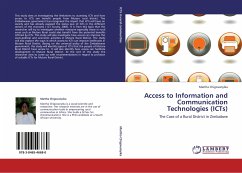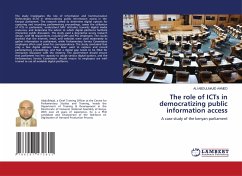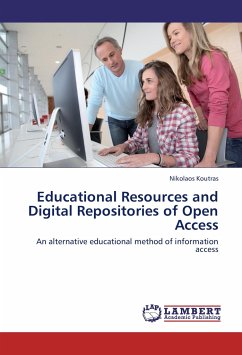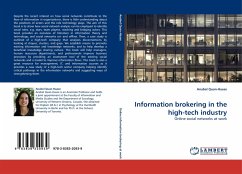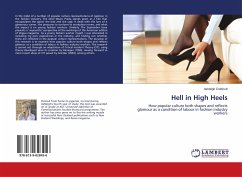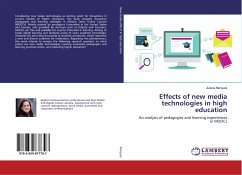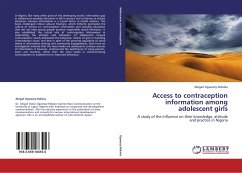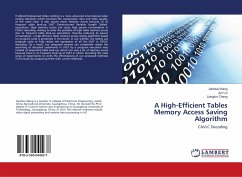
A High-Efficient Tables Memory Access Saving Algorithm
CAVLC Decoding
Versandkostenfrei!
Versandfertig in 6-10 Tagen
27,99 €
inkl. MwSt.

PAYBACK Punkte
14 °P sammeln!
H.264/AVC(Advanced Video Coding) is a more advanced international video coding standard, which increases the compression ratio and video quality, at the same time, it also causes much memory access because of its frequent table look-up UVLT (Unstructured Variable Length Tables) operations. High memory access can cause high power consumption in CAVLC decoding. Aiming to solve the problem of high table memory access due to frequent table look-up operations, thereby reducing its power consumption, a high-efficient table memory access saving algorithm based on program code is presented in this boo...
H.264/AVC(Advanced Video Coding) is a more advanced international video coding standard, which increases the compression ratio and video quality, at the same time, it also causes much memory access because of its frequent table look-up UVLT (Unstructured Variable Length Tables) operations. High memory access can cause high power consumption in CAVLC decoding. Aiming to solve the problem of high table memory access due to frequent table look-up operations, thereby reducing its power consumption, a high-efficient table memory access saving algorithm based on program code is presented in this book. In our scheme, we mainly use program code to fully realize the expression of all the UVLT in CAVLC decoding. As a result, our proposed scheme can completely realize the searching of decoded codewords in UVLT by a program execution way instead of sequential table look-up, which can save a lot of memory access because there is no frequent look-up of UVLT in CAVLC decoding We used series of experiments to verify the effectiveness of our proposed methods in this book by comparing them with current methods.



